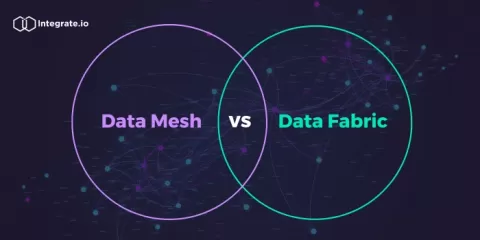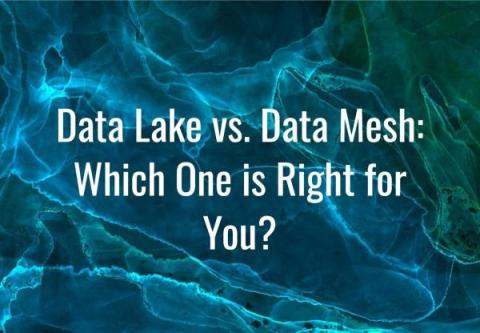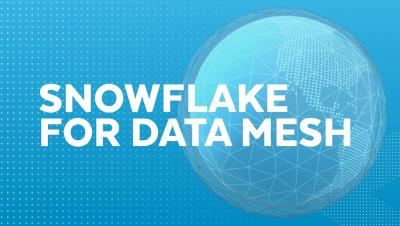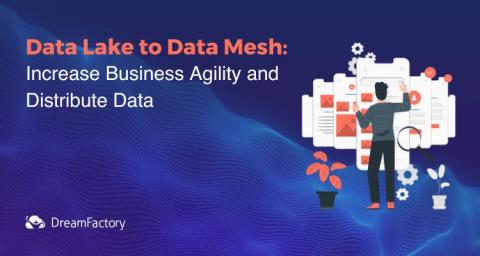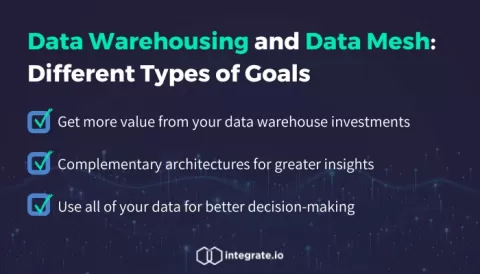Data Mesh vs. Data Fabric
In today’s data-driven world, businesses must deal with complex challenges related to managing, integrating, and properly using massive amounts of data housed in multiple locations. Organizations that unlock the right data architectural approach empower themselves with much better decision-making and strategic insights. Two popular approaches — data mesh and data fabric — have surfaced as prominent and innovative solutions for handling data at scale.


